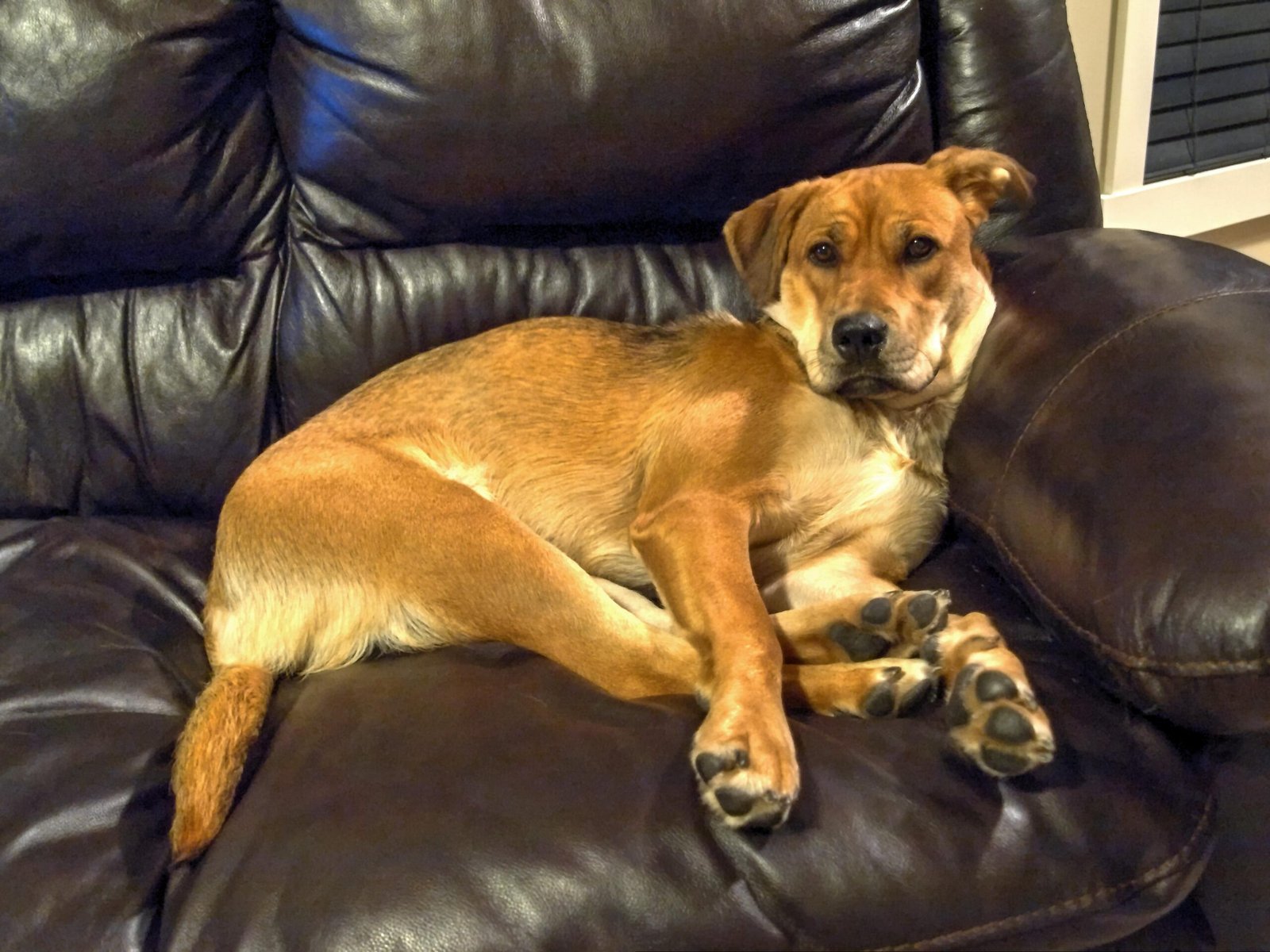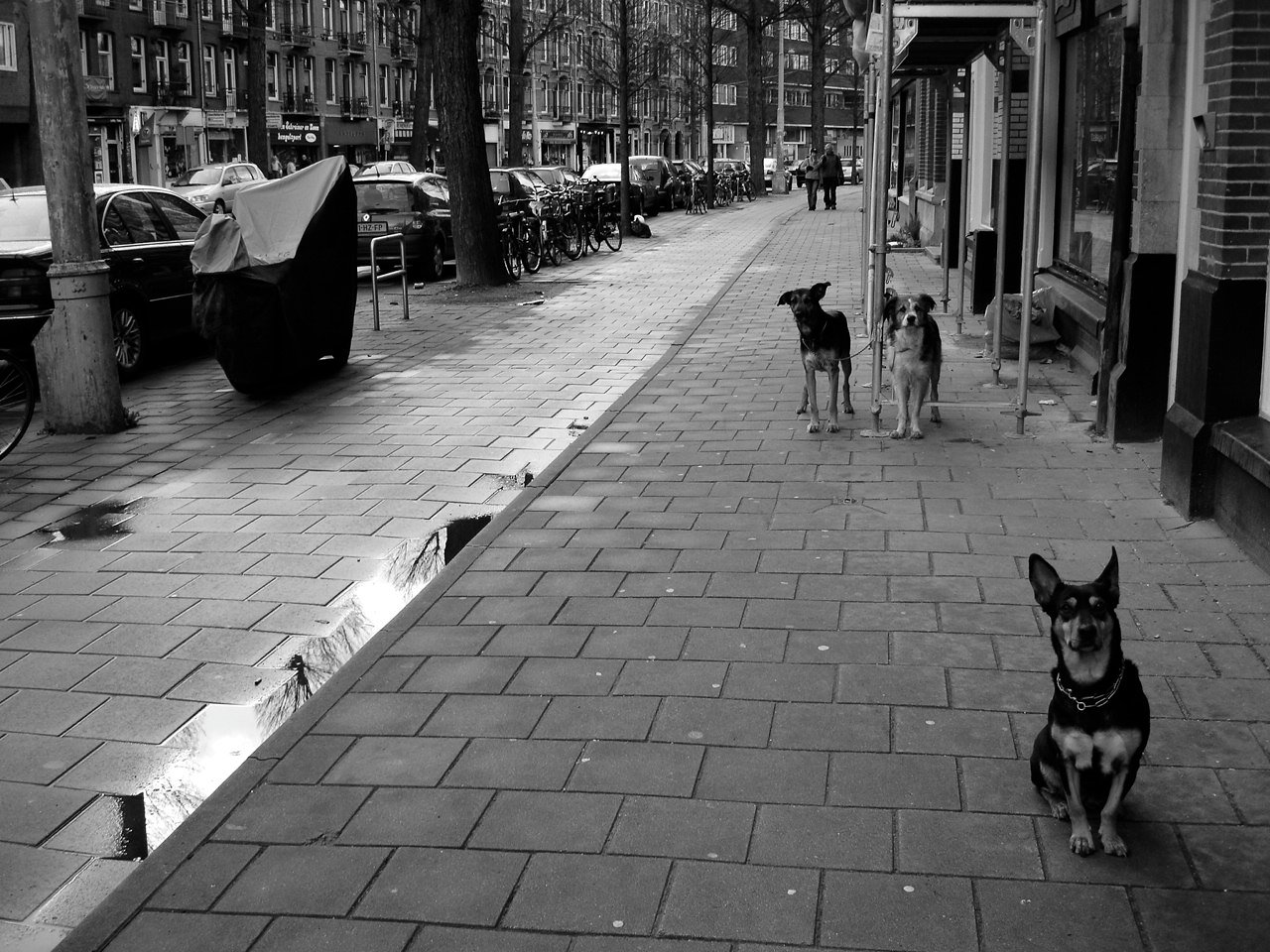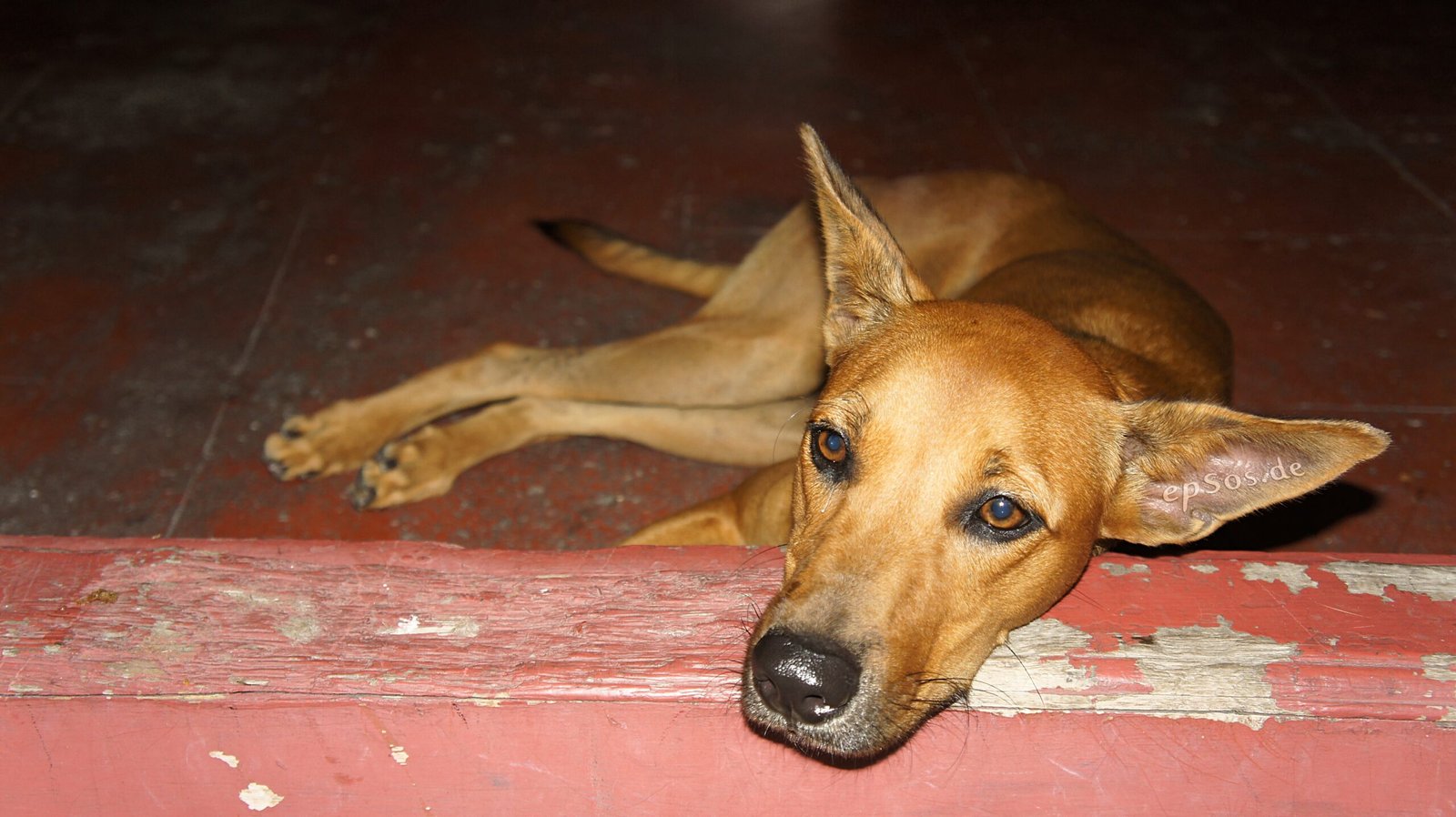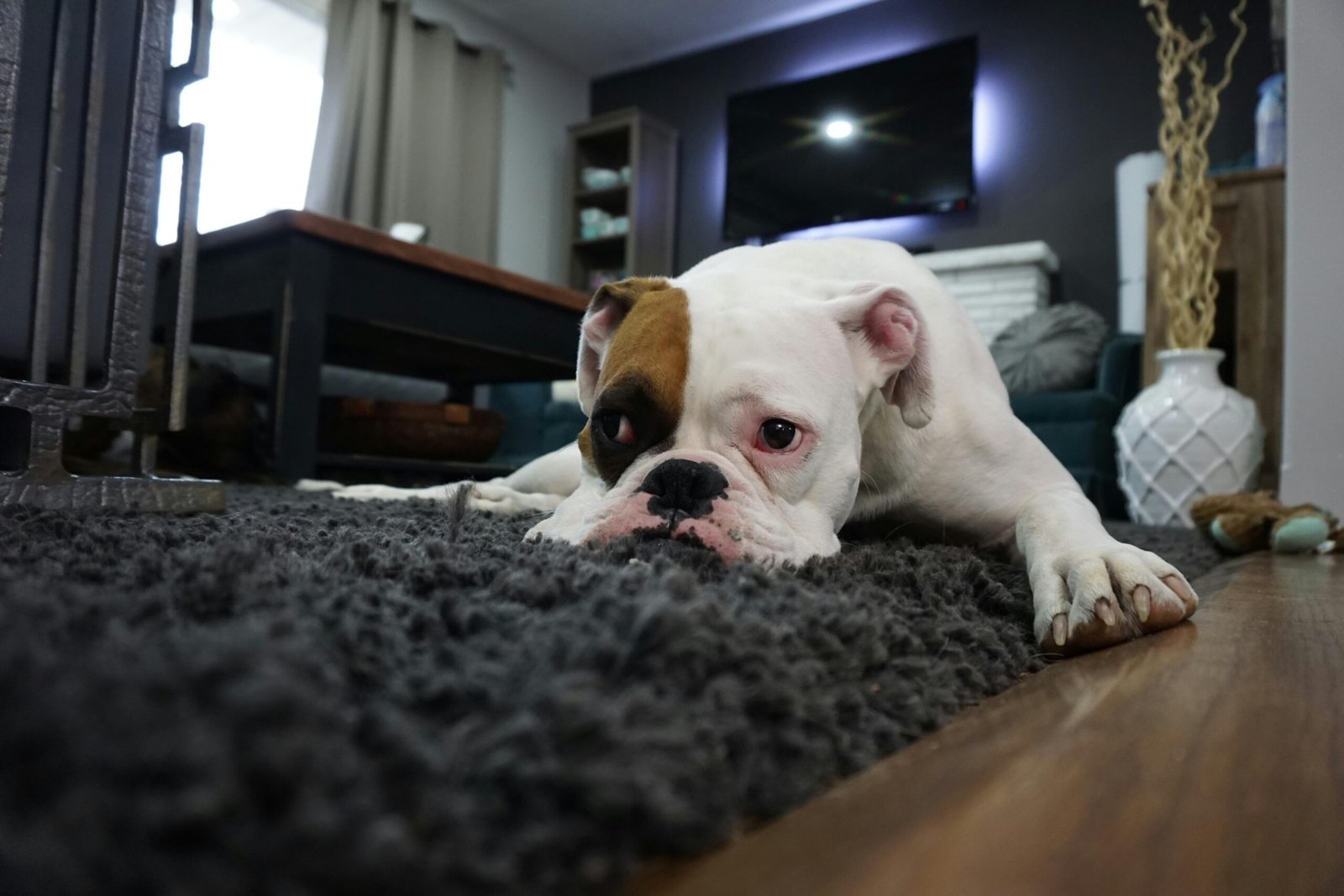Have you ever noticed your dog acting strangely when you’re about to leave the house or during a thunderstorm? It’s not just a quirky habit—your furry friend might be suffering from anxiety, and the effects at home can be truly surprising. For many dog lovers, realizing their pet feels stress or fear can be heartbreaking, but understanding the signs is the first step toward helping. Dogs, like people, feel deeply, and anxiety can turn their world upside down. Let’s dive into how this hidden struggle can change your dog’s behavior in ways you might not expect.
Common Triggers of Anxiety in Dogs

Dogs are incredibly sensitive creatures. Their anxiety often stems from triggers that humans might barely notice. Loud noises like fireworks or thunderstorms can make even the calmest dog jittery. Changes in routine, such as a new work schedule or a family member leaving, can leave your pet feeling uncertain. Even a simple trip to the vet can cause lingering stress. Sometimes, anxiety is rooted in past trauma, especially for rescue dogs. Separation from their favorite humans is another major trigger, leading to what’s known as separation anxiety. Understanding these triggers is crucial for recognizing why your dog acts out at home.
Physical Signs of Anxiety at Home

An anxious dog often shows physical symptoms that might be mistaken for illness. You might see panting, drooling, or trembling, even when the temperature is comfortable. Some dogs pace back and forth, unable to settle down. Others hide under beds or tables, seeking safety in small spaces. Excessive shedding or scratching can also be a red flag. These physical signs are your dog’s way of saying, “I’m not okay.” The body language of anxiety is often subtle, but once you notice it, you’ll start to see the emotional storm brewing beneath the surface.
Destructive Behaviors and Household Damage
One of the most obvious ways anxiety surfaces is through destructive behavior. Dogs may chew on furniture, shoes, or even walls when left alone. Some dig at doors or windows in frantic attempts to escape. You might come home to shredded pillows or overturned trash cans, feeling confused or frustrated. This isn’t bad manners or spite—it’s typically a desperate effort to cope with overwhelming feelings. Just like a stressed person might bite their nails or fidget, dogs channel their anxiety into physical actions that can be hard on your home.
Changes in Eating and Drinking Habits

Anxiety can wreak havoc on a dog’s appetite. Some anxious pups lose interest in their food, refusing even their favorite treats. Others might overeat, gulping down meals as a comfort mechanism. You may also notice changes in water consumption: a stressed dog may drink more or, in some cases, much less than usual. These shifts in eating and drinking habits are important clues that something emotional is going on. It’s a gentle reminder that anxiety isn’t just about behavior; it can affect your dog’s health in sneaky ways.
Barking, Whining, and Vocalization
Has your dog suddenly become louder at home? Dogs often use their voices to express anxiety. Barking at every noise, whining when left alone, or howling at night are common signs. Sometimes these vocalizations are persistent and seem to have no clear cause. It’s your dog’s way of reaching out, hoping someone will notice their distress. While it can be frustrating, especially in shared homes or apartments, it’s important to remember that this is a cry for help, not a sign of naughtiness.
Clinginess and Following You Around
Many anxious dogs become extra clingy, shadowing their owners from room to room. You might notice your dog sitting at your feet when you cook, following you to the bathroom, or lying outside the shower door. This constant need for proximity is rooted in insecurity. Your presence is their safe place, and being close helps soothe their nerves. While some owners find this endearing, it’s a sign that your dog is struggling to feel secure on their own.
Accidents in the House

House-trained dogs may suddenly start having accidents indoors when anxiety strikes. Urinating or defecating inside, even after years of good habits, can be a clear signal. This behavior is often misunderstood as laziness or defiance, but it’s usually a result of fear or stress overwhelming your dog’s ability to wait. Anxiety can disrupt normal bodily functions, just as nerves might send a person rushing to the bathroom before a big event.
Restlessness and Sleeplessness

A relaxed dog sleeps soundly, but an anxious one may struggle to settle. You might notice your dog pacing at night, changing sleeping spots frequently, or waking up at the slightest sound. Some dogs seem unable to find comfort, circling their bed or lying down only to get up moments later. Poor sleep isn’t just tough on your pet—it can make anxiety worse, creating a vicious cycle that leaves both of you exhausted.
Unusual Aggression or Withdrawal
Anxiety can change your dog’s entire personality. Some dogs, usually gentle, may snap or growl when they feel cornered or afraid. Others withdraw, becoming quiet and unresponsive, almost as if they’re trying to disappear. This shift in temperament can be shocking for owners who know their dog as playful and loving. It’s important to recognize that aggression or withdrawal isn’t a character flaw—it’s a sign that your dog is overwhelmed and needs support.
Obsessive Behaviors and Self-Soothing
When anxiety takes hold, some dogs develop repetitive, obsessive behaviors. Licking paws until they’re raw, chewing the same spot on their body, or spinning in circles are all self-soothing actions. These behaviors can become compulsive, almost like a person who bites their nails until they bleed. While it might seem strange or even amusing at first, obsessive behaviors are often a plea for help—a way for your dog to cope with emotions they can’t control.
Seeking Comfort and Safe Spaces
Anxious dogs often seek out safe spaces in the home. You might find your dog hiding in the closet, under the bed, or in a quiet corner during stressful moments. Creating a designated safe spot—a cozy crate, a soft bed in a quiet room—can help your dog feel more secure. Like a child with a favorite blanket, dogs need a place where they can retreat and decompress when the world feels too overwhelming. Noticing where your dog goes when they’re scared can give you valuable insight into their emotional needs.

Born and bred in South Africa, a Capetonian at heart. Amy-Leigh’s love for nature and animals was inherited from her Dad. He loves taking the family on road trips to experience nature at its finest; Amy-Leigh’s favourite being whale watching in Hermanus and spotting Kudu along the West Coast. Amy-Leigh holds a BA in English Literature and Communication Studies.





